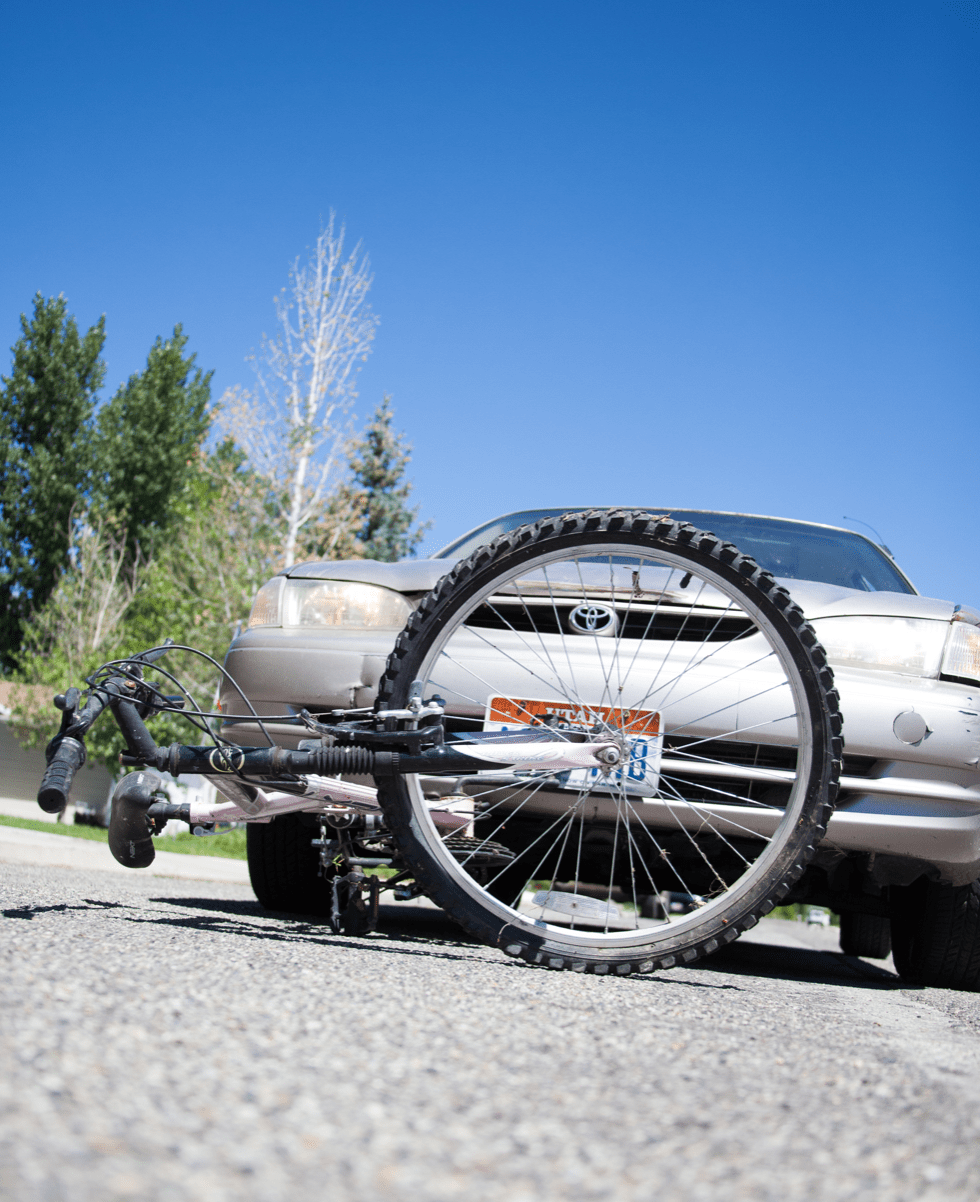The law allows you to recover income losses if you had to take time off work to recover from your injuries.
When someone’s negligence causes you injury, the last thing you may be thinking about is that you’ll need to bring a lawsuit. Perhaps you were in the hospital or are still recovering from your injuries. You absolutely must take the appropriate steps to protect your health.
The time soon after the accident is also critical to collecting the evidence you’ll need for a lawsuit. However, you may not know which documents or evidence you’ll need, so you would likely benefit from having a comprehensive personal injury checklist to guide you.
The Law Offices of Theodore A. Naima created this personal injury checklist to specify the documents and evidence you need to collect to help you prove your claim. Although the documents might vary depending on the type of accident and the extent of your injuries, the following documents are helpful in the majority of personal injury cases.
Medical Records
Medical records are first on the personal injury claim checklist, and for a good reason—one of the legal requirements to prove a personal injury claim is showing an injury. Medical records will show the extent of your injuries and the length of recovery you’ll need. Plus, the doctors who treat you will be important witnesses in your case.
Official Reports
The police or a medical team may respond depending on your accident. New York law requires people to report a car accident with an injury to the police.
Police and other emergency personnel keep records of accidents. If you or a witness made a 911 call, you could also request a record of the call as it may help to prove the details of your accident.
Insurance Information
If you were involved in a car accident, you’d need to collect the other party’s car insurance information. Car insurance is required for all cars registered in New York. In a car accident, the auto insurance company often represents the negligent party in negotiations and even in a lawsuit. If the negligent driver is uninsured, you should gather information or a statement to that effect as well.
Photos, Video, or Audio Evidence
Photographic, video, or audio evidence is on this personal injury case checklist because it’s valuable to your case. You should gather this type of evidence for:
- Injuries—Images showing your injuries at or near the time of the accident;
- Property damage—Images showing the damage to your personal property, such as your car, and any other property damage;
- Scene of the accident—Photographic or video evidence of the location where the accident occurred; and
- Witnesses—Audio statements from witnesses recorded at or near the time of the accident.
These items can help prove the accident’s cause. Plus, juries and judges in a personal injury case find this evidence persuasive if you must go to trial.
Witness Information and Statements
Next up on the personal injury checklist are witness statements. Witnesses are people who saw or heard the accident. They might also include people who have information about the incident. For example, if several people recently slipped and fell in the same store where you slipped, these people could be helpful witnesses in your case. Police also collect witness statements.
Victim’s Statement
Although it may be difficult, writing down or recording your statement as soon as possible helps your case. You should have a trusted friend or attorney take down your account of what happened as soon as your mind is clear. It’s also important to let your attorney know if you made any other statement to the police or another party, especially if you took partial blame for the accident.
Medical Bills

If someone else is at fault for the accident that caused your injuries, they’ll have to pay compensatory damages. These damages include the cost of medical treatment and care. This consists of any treatment for your physical injuries, but it also includes the cost of treatment for the accident’s emotional distress or other psychological effects. Medical bills and treatment costs will help your attorney create a comprehensive damages assessment in your case.
Pay Stubs or W2 Forms
The law allows you to recover income losses if you had to take time off work to recover from your injuries. Past pay stubs and W2 forms demonstrate the income you previously made, which establishes the income you lost when you were unable to work.
Get Organized
Gather all of the evidence listed above in a box. Perhaps, you can create a document or excel spreadsheet to track what you request and receive. Use this personal injury checklist as a guide to help keep yourself organized. Tracking, requesting, and gathering this evidence may seem overwhelming when recovering from an injury. You should consider hiring an experienced personal injury attorney from the Law Offices of Theodore A. Naima to help you gather the evidence you’ll need for your case as soon as possible.


Join the conversation!